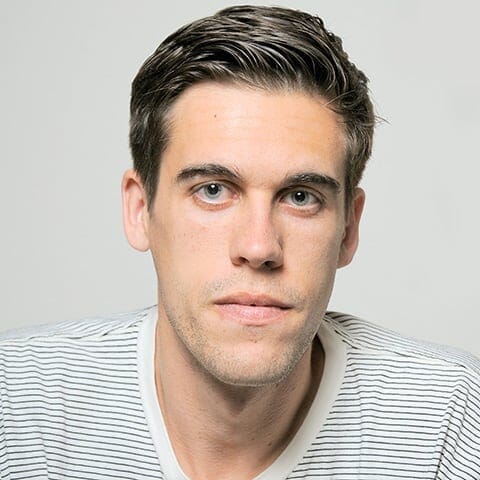 author
authorSteven Weinberg
Steven Weinberg was an American theoretical physicist and Nobel laureate in physics for his contributions with Abdus Salam and Sheldon Glashow to unifying the weak force and electromagnetic interaction between elementary particles. He held the Josey Regental Chair in Science at the University of Texas at Austin, where he was a member of the Physics and Astronomy Departments.
His research on elementary particles and physical cosmology was honored with numerous prizes and awards, including the 1979 Nobel Prize in physics and the 1991 National Medal of Science. In 2004, he received the Benjamin Franklin Medal from the American Philosophical Society, citing that he was "considered by many to be the preeminent theoretical physicist alive in the world today." He was elected to the U.S. National Academy of Sciences, Britain's Royal Society, the American Philosophical Society, and the American Academy of Arts and Sciences.
Weinberg's articles on various subjects occasionally appeared in The New York Review of Books and other periodicals. He served as a consultant at the U.S. Arms Control and Disarmament Agency, president of the Philosophical Society of Texas, and member of the Board of Editors of Daedalus magazine, the Council of Scholars of the Library of Congress, the JASON group of defense consultants, and many other boards and committees.
Steven Weinberg was born in 1933 in New York City. His parents were Jewish immigrants; his father, Frederick, worked as a court stenographer, while his mother, Eva (Israel), was a housewife. Becoming interested in science at age 16 through a chemistry set handed down by a cousin, he graduated from Bronx High School of Science in 1950. He was in the same graduating class as Sheldon Glashow, whose research, independent of Weinberg's, resulted in their (and Abdus Salam's) sharing the 1979 Nobel in physics.
Weinberg received his bachelor's degree from Cornell University in 1954. There he resided at the Telluride House. He then went to the Niels Bohr Institute in Copenhagen, where he started his graduate studies and research. After one year, Weinberg moved to Princeton University, where he earned his Ph.D. in physics in 1957, completing his dissertation, "The role of strong interactions in decay processes," under the supervision of Sam Treiman.
After completing his Ph.D., Weinberg worked as a postdoctoral researcher at Columbia University (1957–59) and the University of California, Berkeley (1959) and then was promoted to faculty at Berkeley (1960–66). He researched various particle physics topics, such as the high energy behavior of quantum field theory, symmetry breaking, pion scattering, infrared photons, and quantum gravity.
During this time, he also developed the approach to quantum field theory described in the first chapters of his book The Quantum Theory of Fields. He started writing his textbook Gravitation and Cosmology, having taken up an interest in general relativity after discovering cosmic microwave background radiation. He was also appointed the senior scientist at the Smithsonian Astrophysical Observatory. The Quantum Theory of Fields spanned three volumes and over 1,500 pages and is often regarded as the leading book in the field.
In 1966, Weinberg left Berkeley and accepted a lecturer position at Harvard. In 1967 he was a visiting professor at MIT. In that year at MIT, Weinberg proposed his model of unification of electromagnetism and weak nuclear forces (such as those involved in beta-decay and kaon-decay), with the masses of the force carriers of the weak part of the interaction being explained by spontaneous symmetry-breaking. One of its fundamental aspects was predicting the existence of the Higgs boson.
Weinberg's model, now known as the electroweak unification theory, had the same symmetry structure as that proposed by Glashow in 1961: both included the then-unknown weak interaction mechanism between leptons, known as neutral current and mediated by the Z boson. The 1973 experimental discovery of weak neutral currents (mediated by this Z boson) was one verification of the electroweak unification. The paper by Weinberg in which he presented this theory is one of the most cited works ever in high-energy physics.
Best author’s book























